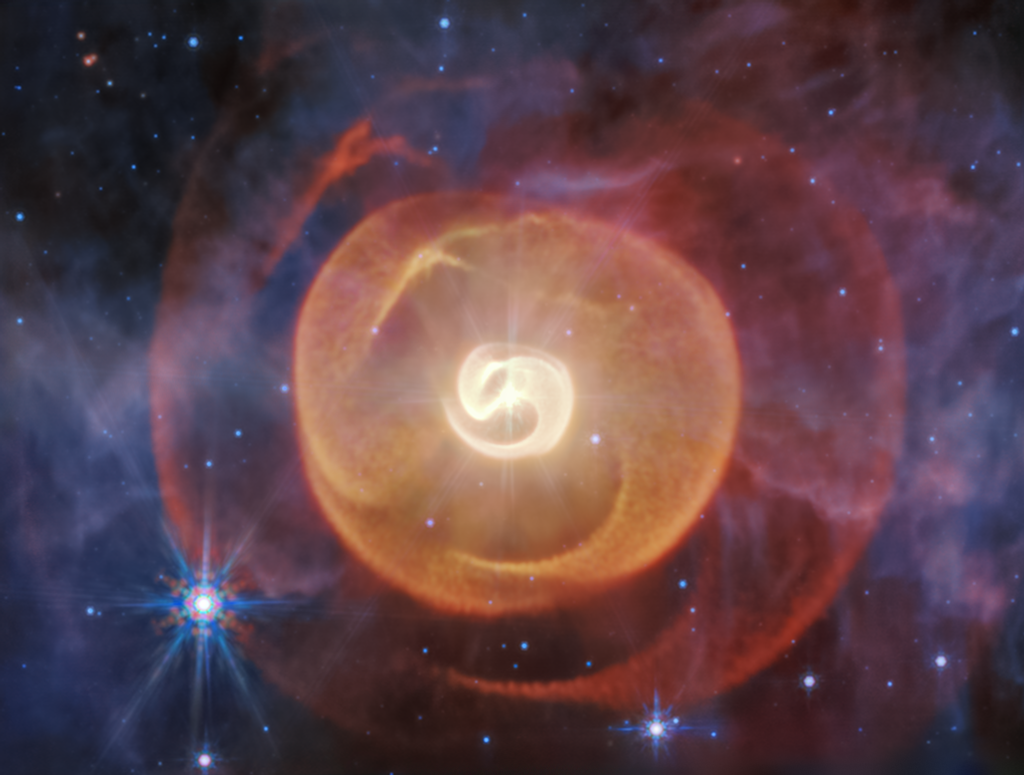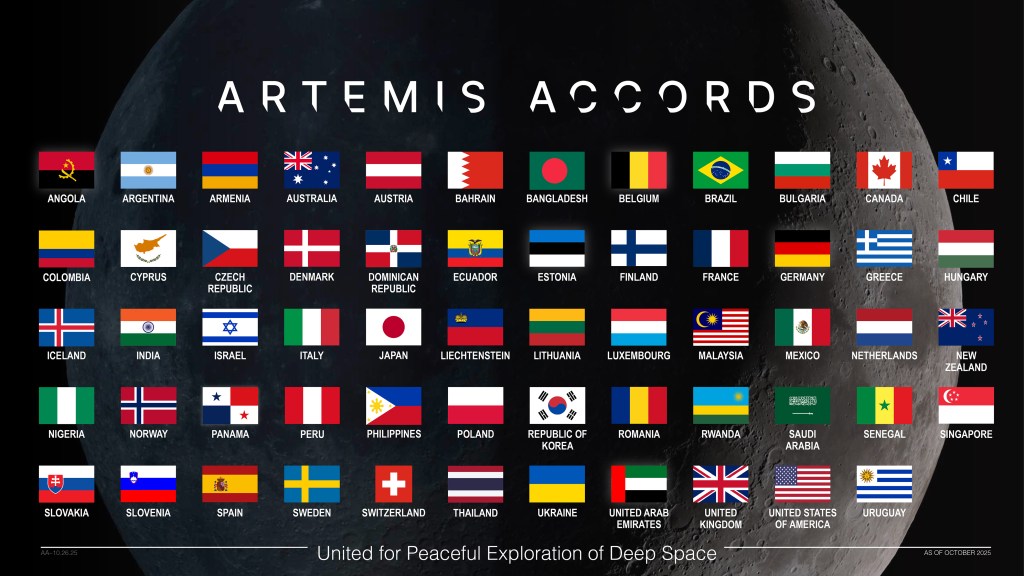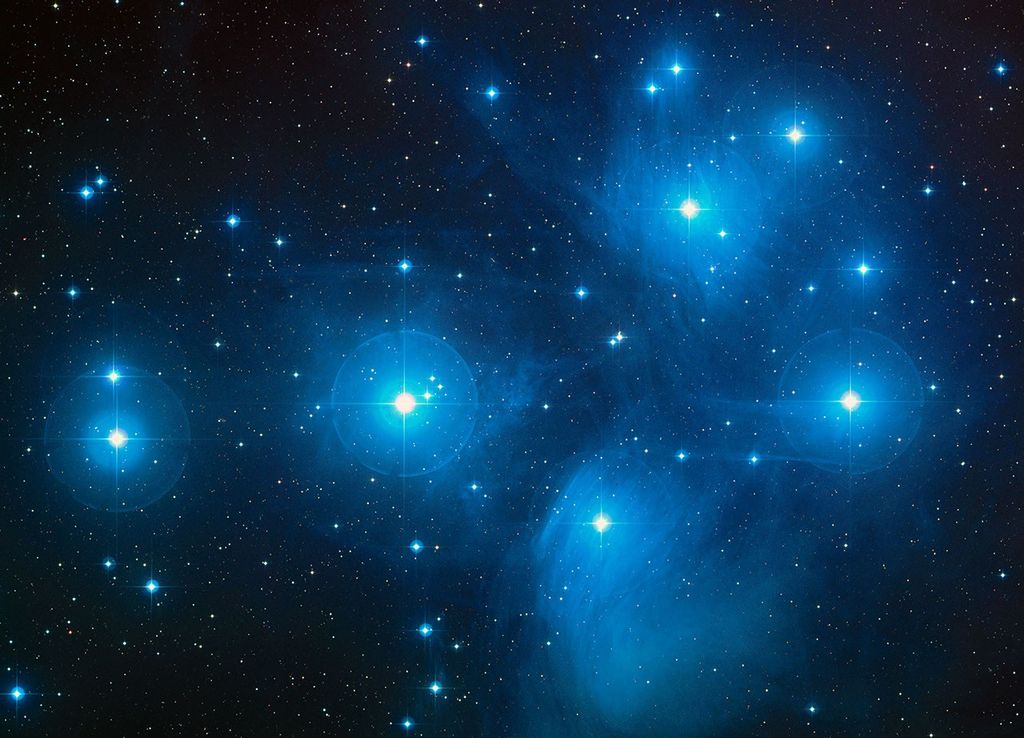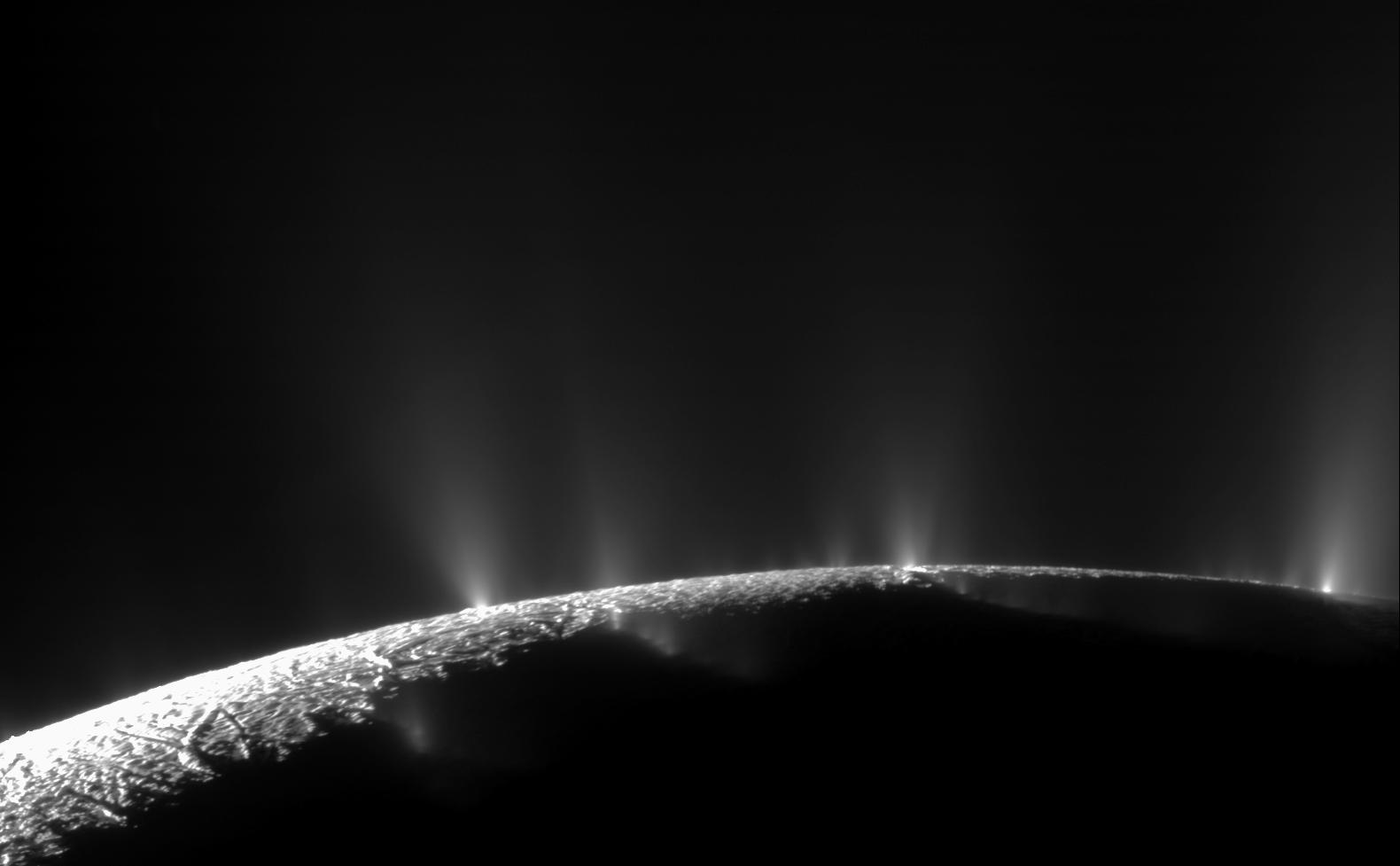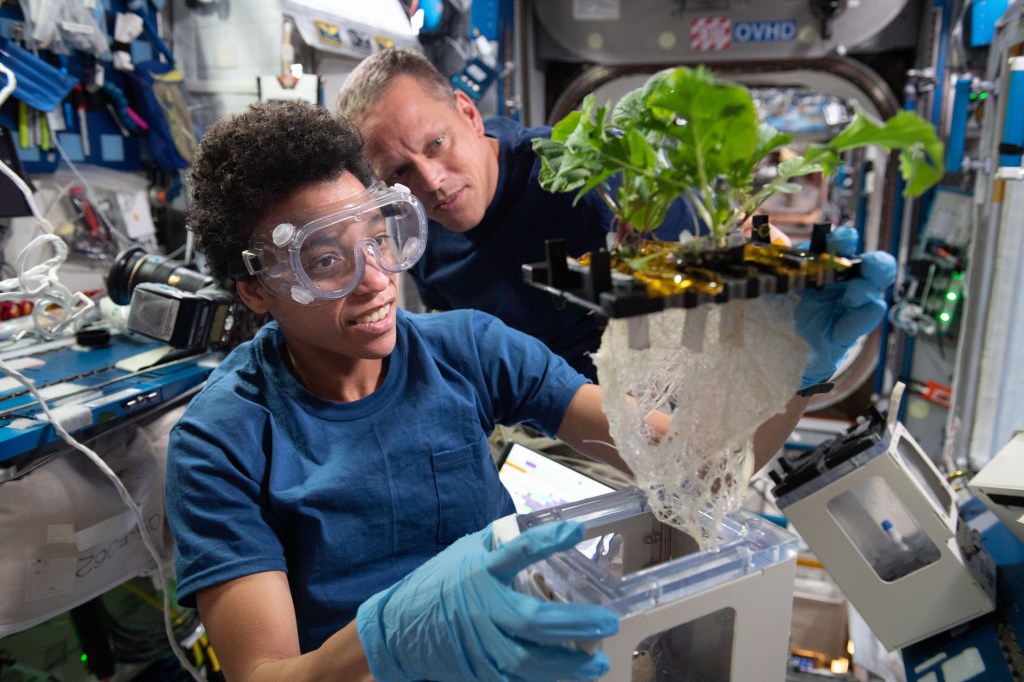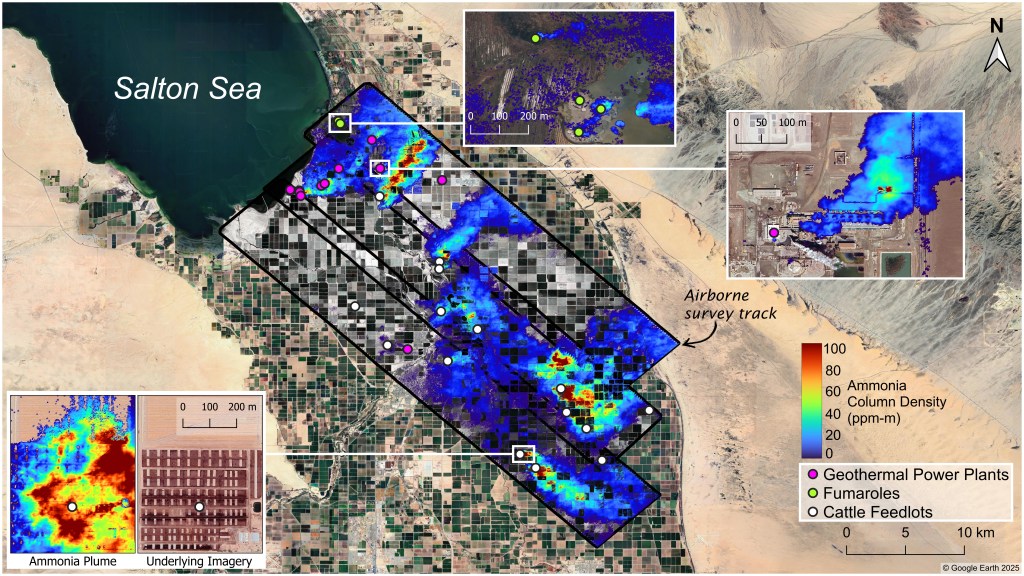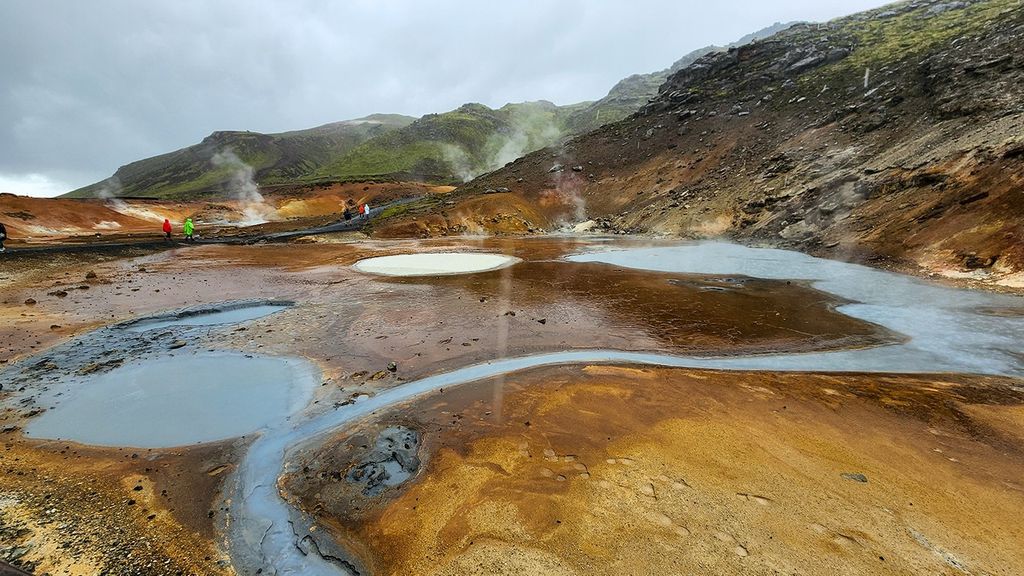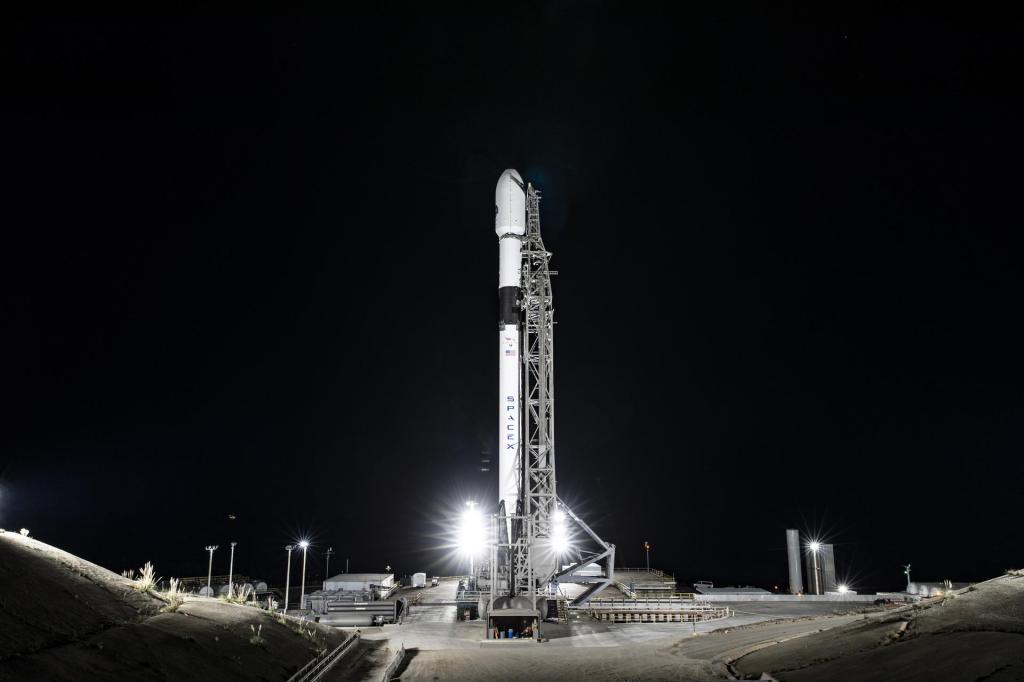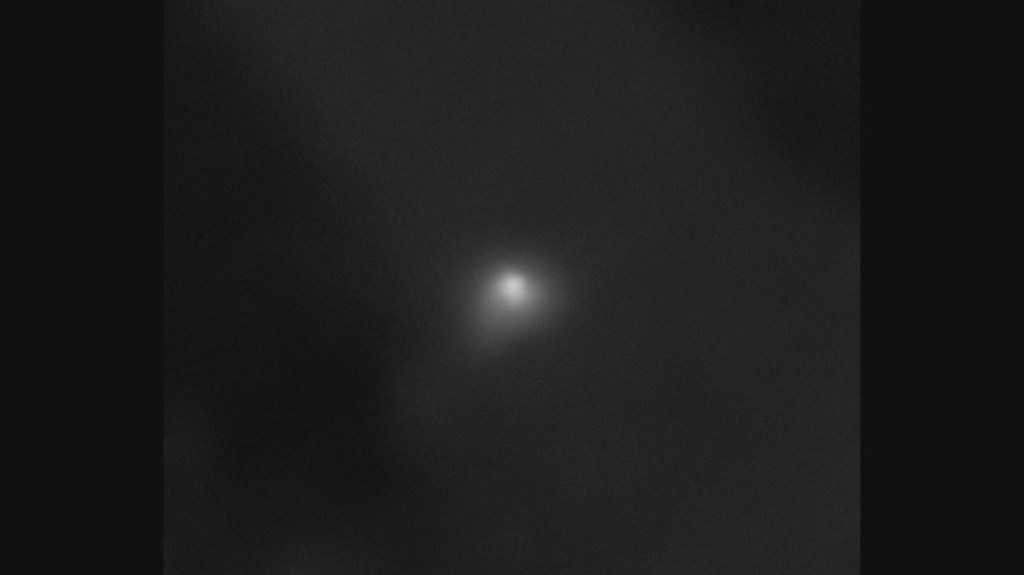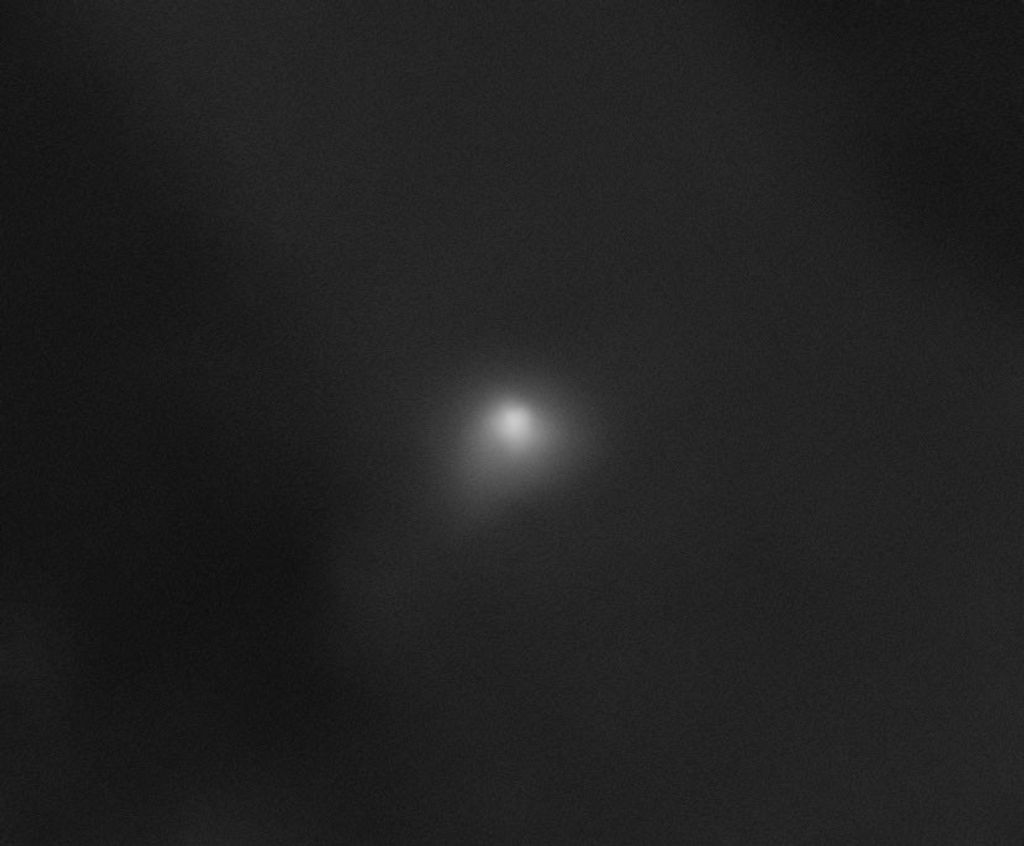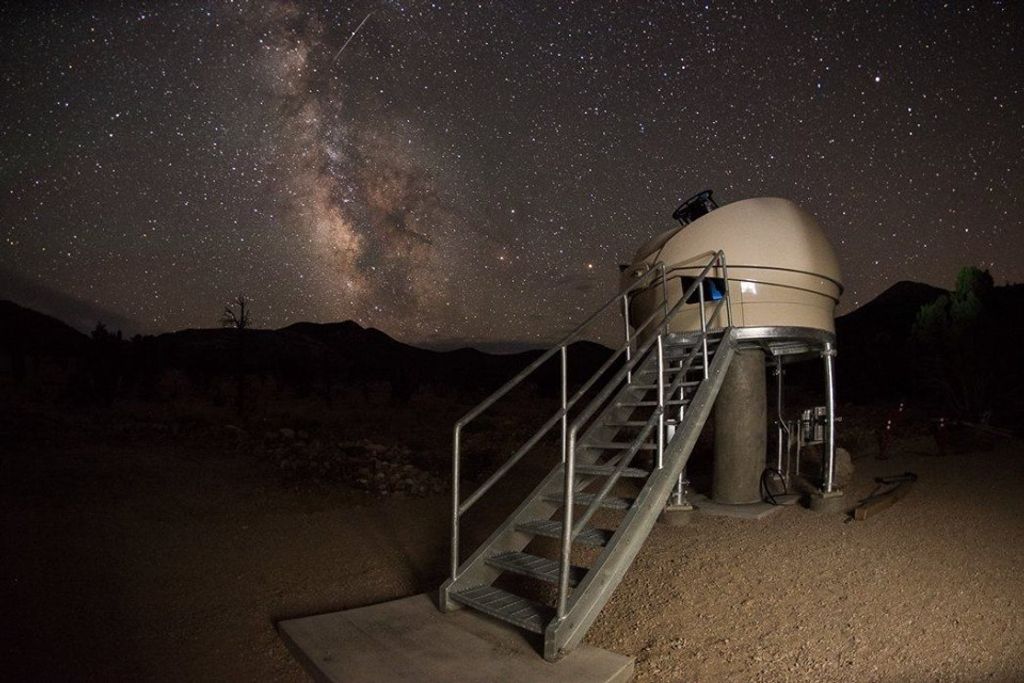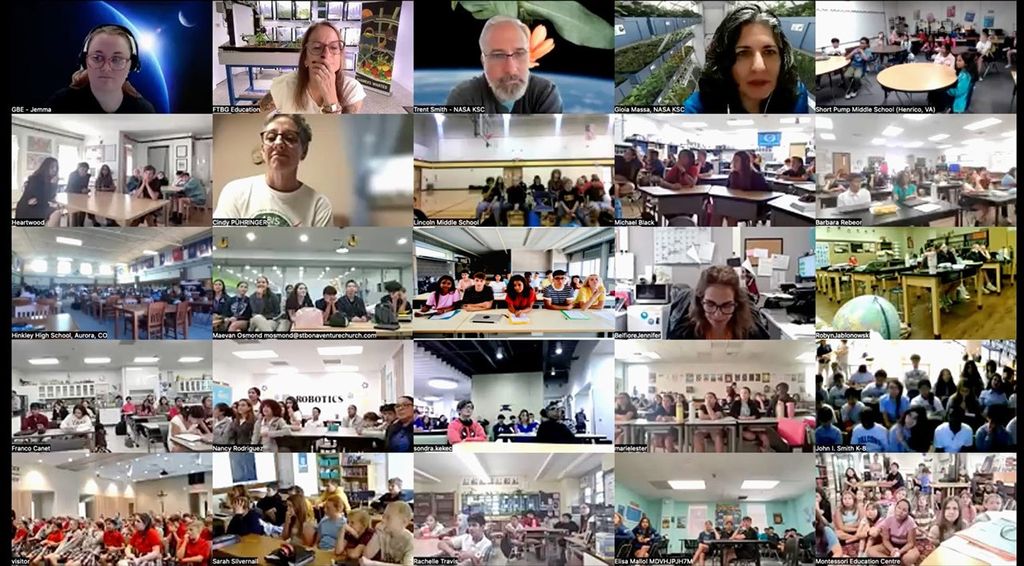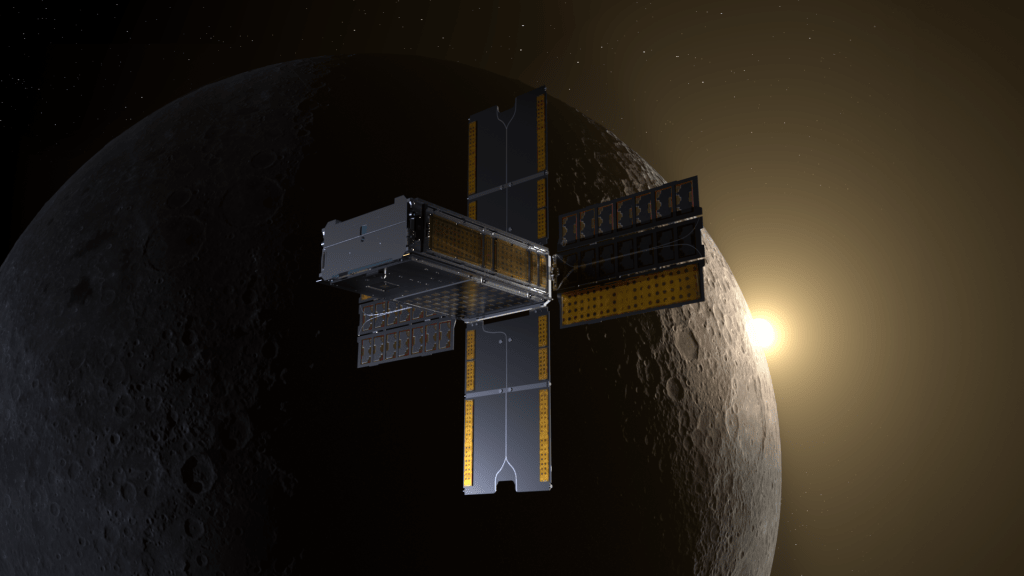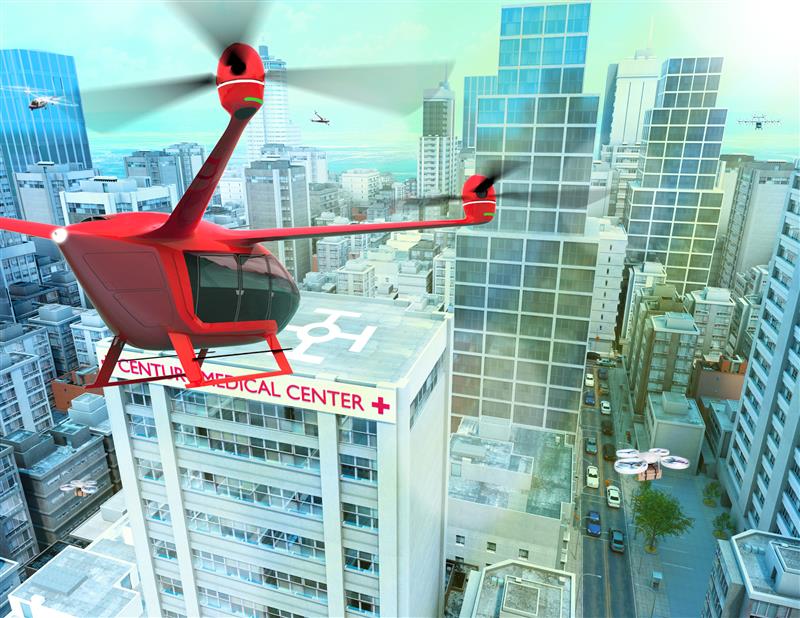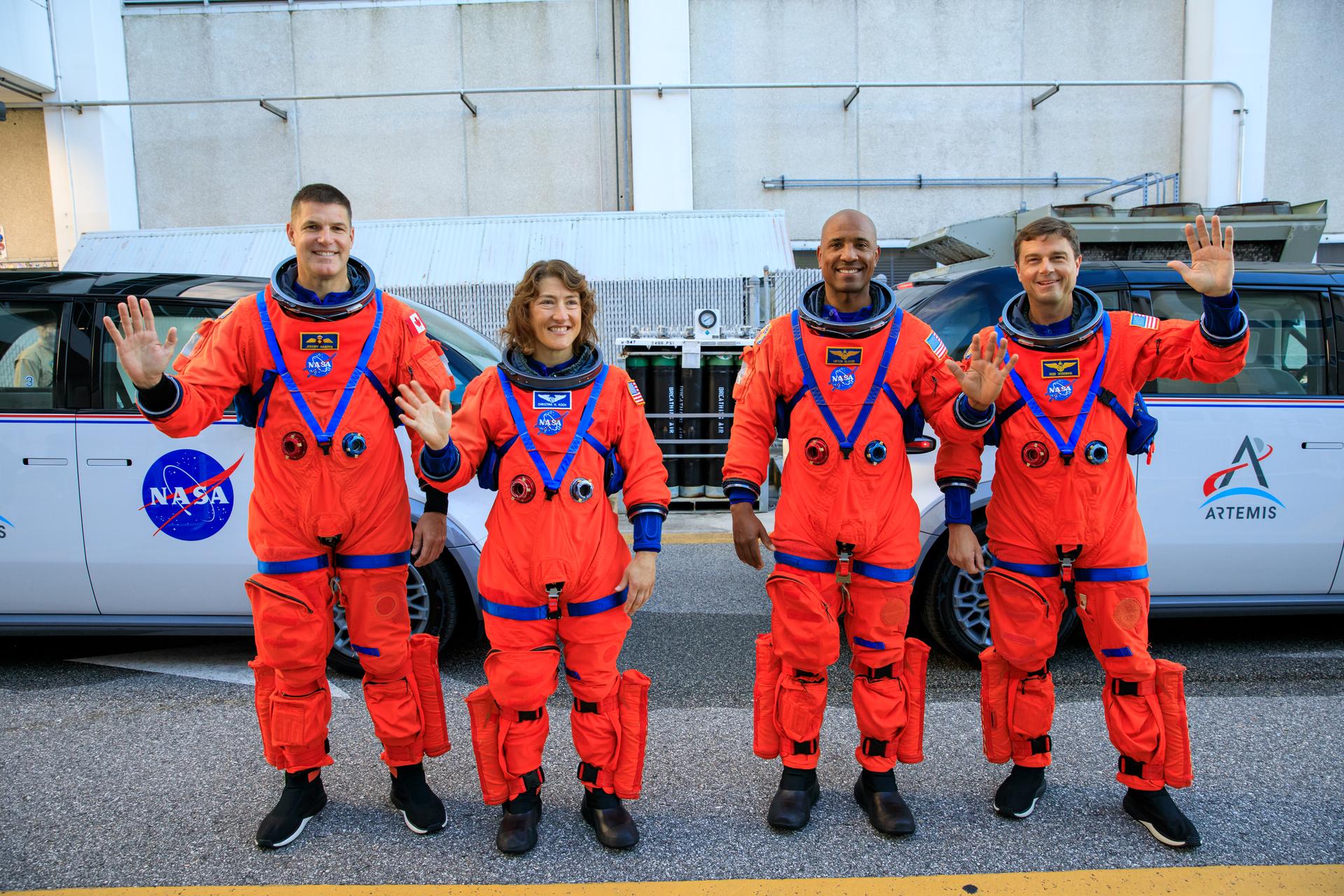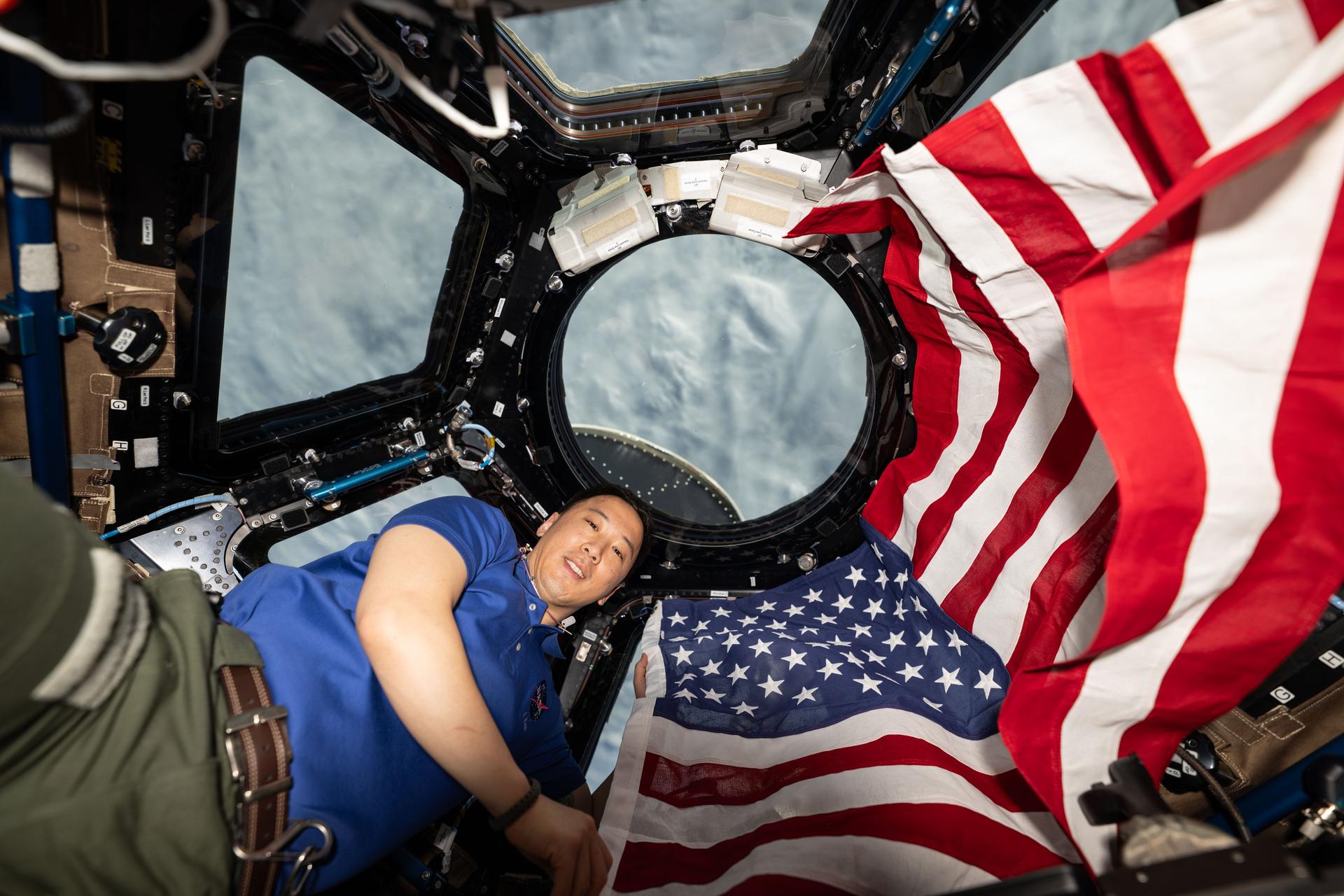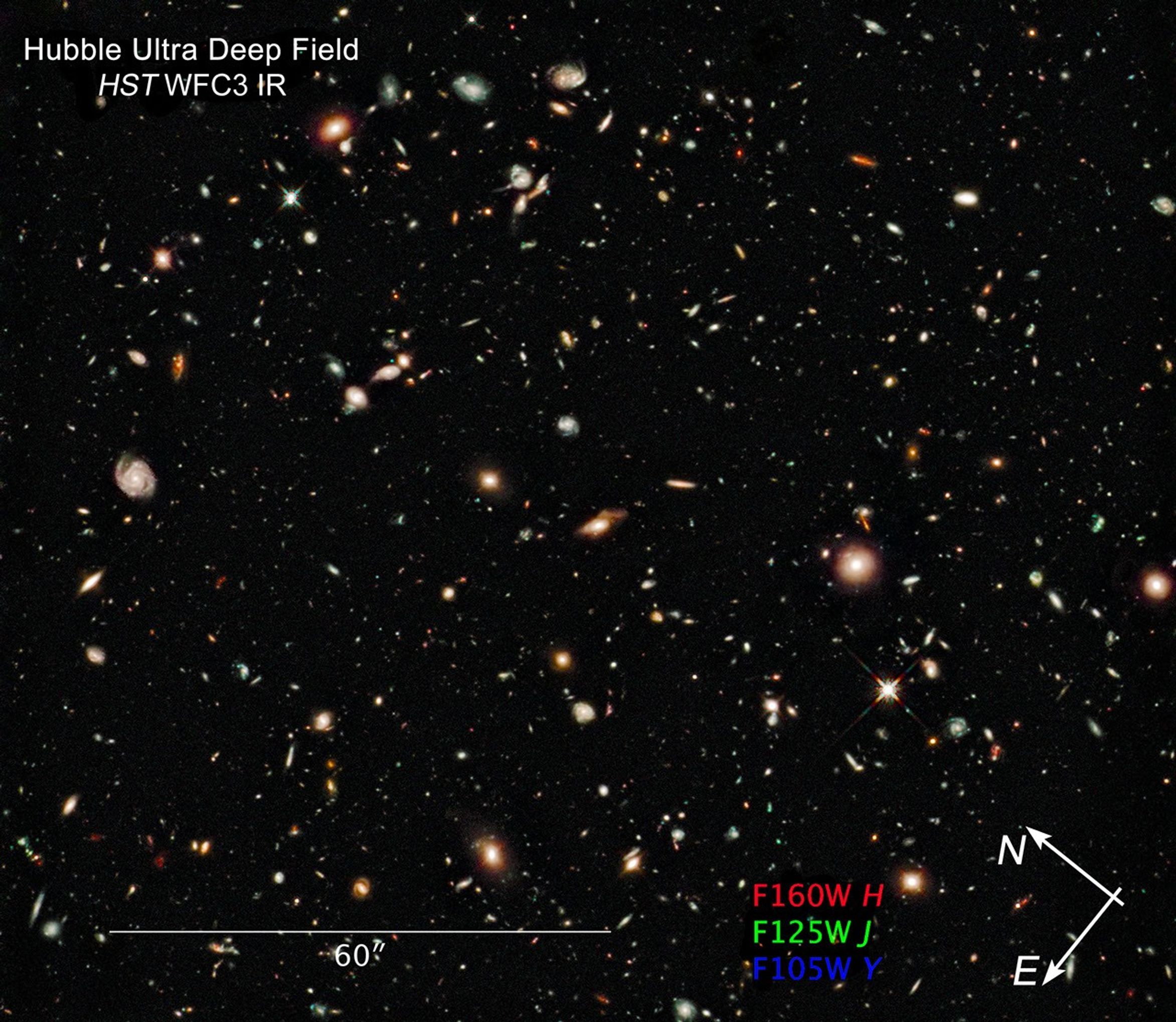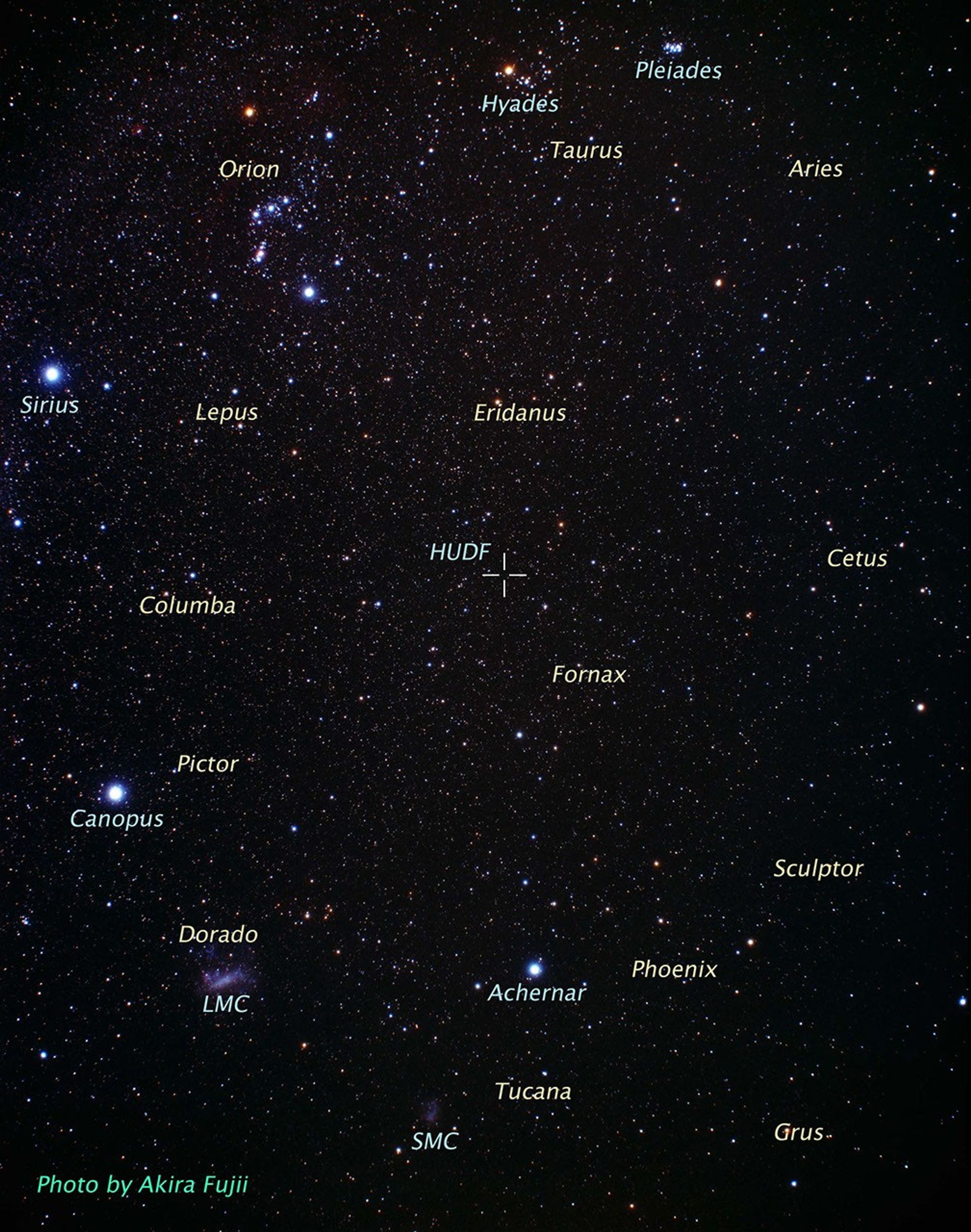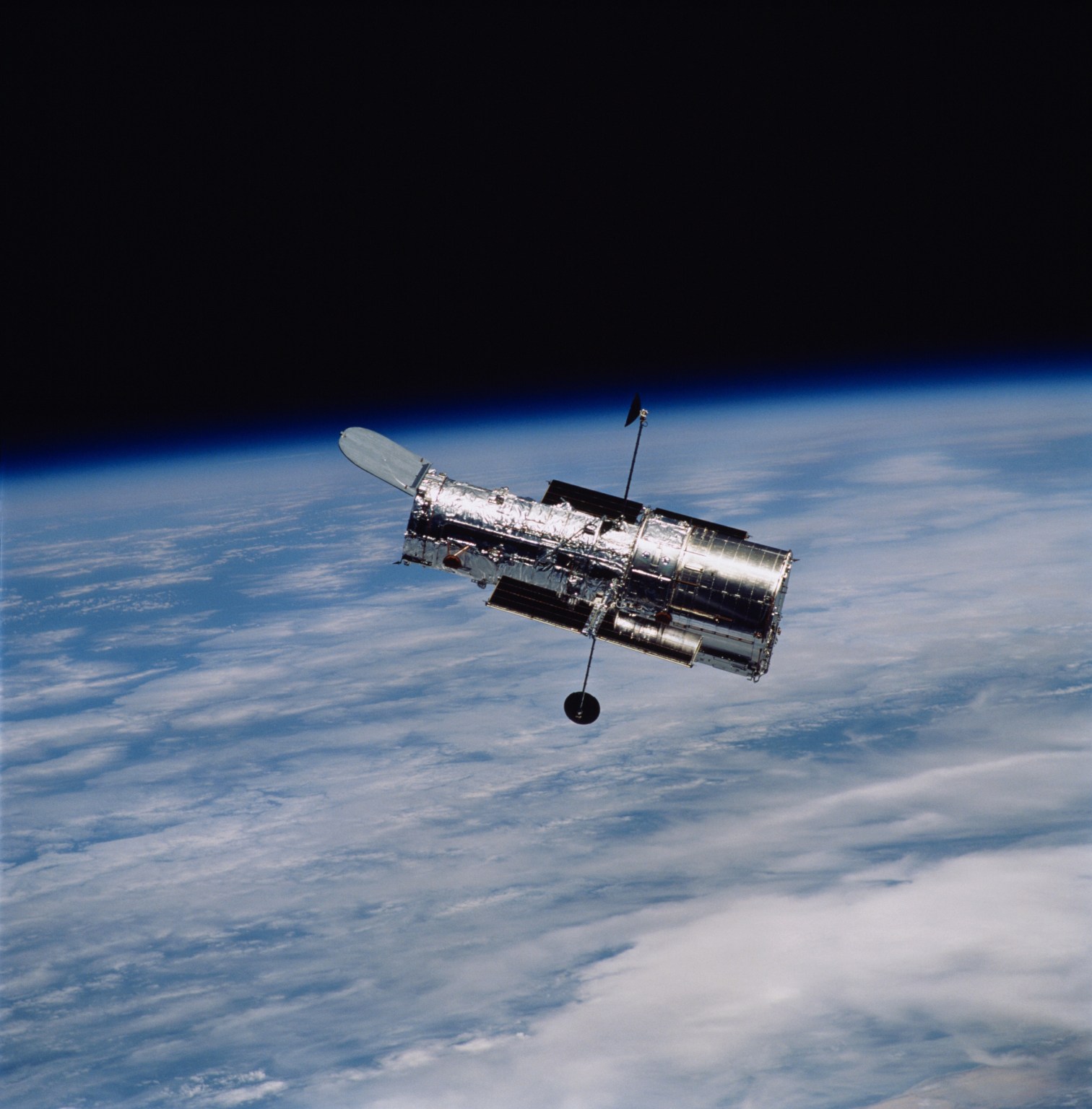1 min read
Hubble’s Deepest View of Universe Unveils Never-Before-Seen Galaxies

NASA's Hubble Space Telescope has made the deepest image of the universe ever taken in near-infrared light. The faintest and reddest objects in the image are galaxies that formed 600 million years after the Big Bang. No galaxies have been seen before at such early times. The new deep view also provides insights into how galaxies grew in their formative years early in the universe's history.
The image was taken in the same region as the Hubble Ultra Deep Field (HUDF), which was taken in 2004 and is the deepest visible-light image of the universe. Hubble's newly installed Wide Field Camera 3 (WFC3) collects light from near-infrared wavelengths and therefore looks even deeper into the universe, because the light from very distant galaxies is stretched out of the ultraviolet and visible regions of the spectrum into near-infrared wavelengths by the expansion of the universe.
This image was taken by the HUDF09 team, which was awarded the time for the observation and made it available for research by astronomers worldwide. In just three months, 12 scientific papers have already been submitted on these new data.
The photo was taken with the new WFC3/IR camera on Hubble in late August 2009 during a total of four days of pointing for 173,000 seconds of total exposure time. Infrared light is invisible and therefore does not have colors that can be perceived by the human eye. The colors in the image are assigned comparatively short, medium, and long, near-infrared wavelengths (blue, 1.05 microns; green, 1.25 microns; red, 1.6 microns). The representation is "natural" in that blue objects look blue and red objects look red. The faintest objects are about one-billionth as bright as can be seen with the naked eye.
About the Object
- R.A. PositionR.A. PositionRight ascension – analogous to longitude – is one component of an object's position.03h 32m 38.5s
- Dec. PositionDec. PositionDeclination – analogous to latitude – is one component of an object's position.-27° 47' 0.0"
- ConstellationConstellationOne of 88 recognized regions of the celestial sphere in which the object appears.Fornax
- DimensionsDimensionsThe physical size of the object or the apparent angle it subtends on the sky.This image is roughly 2.4 arcminutes wide.
About the Data
- Data DescriptionData DescriptionProposal: A description of the observations, their scientific justification, and the links to the data available in the science archive.
Science Team: The astronomers who planned the observations and analyzed the data. "PI" refers to the Principal Investigator.The image was created from Hubble data from proposal 11563: G. Illingworth (UCO/Lick Observatory and the University of California, Santa Cruz), R. Bouwens (UCO/Lick Observatory and Leiden University), M. Carollo (Swiss Federal Institute of Technology, Zurich), M. Franx (Leiden University), I. Labbe (Carnegie Institution of Washington), D. Magee (University of California, Santa Cruz), P. Oesch (Swiss Federal Institute of Technology, Zurich), M. Stiavelli (STScI), M. Trenti (University of Colorado, Boulder), and P. van Dokkum (Yale University). - InstrumentInstrumentThe science instrument used to produce the data.HST>WFC3/UVIS
- Exposure DatesExposure DatesThe date(s) that the telescope made its observations and the total exposure time.August 26, 2009 - September 6, 2009, Exposure Time: 48 hours
- FiltersFiltersThe camera filters that were used in the science observations.F105W (Y), F125W (J), and F160W (H)
- Object NameObject NameA name or catalog number that astronomers use to identify an astronomical object.Hubble Ultra Deep Field Infrared WFC3/IR (HUDF WFC3/IR)
- Object DescriptionObject DescriptionThe type of astronomical object.Cosmological Survey
- Release DateDecember 8, 2009
- Science ReleaseHubble’s Deepest View of Universe Unveils Never-Before-Seen Galaxies
- Credit

The image is a composite of separate exposures made by the WFC3 instrument on the Hubble Space Telescope. Three filters were used to sample broad wavelength ranges in the near infrared. The color results from assigning different hues (colors) to each monochromatic image. In this case, the assigned colors are: Blue: F105W (Y) Green: F125W (J) Red: F160W (H)

Related Images & Videos
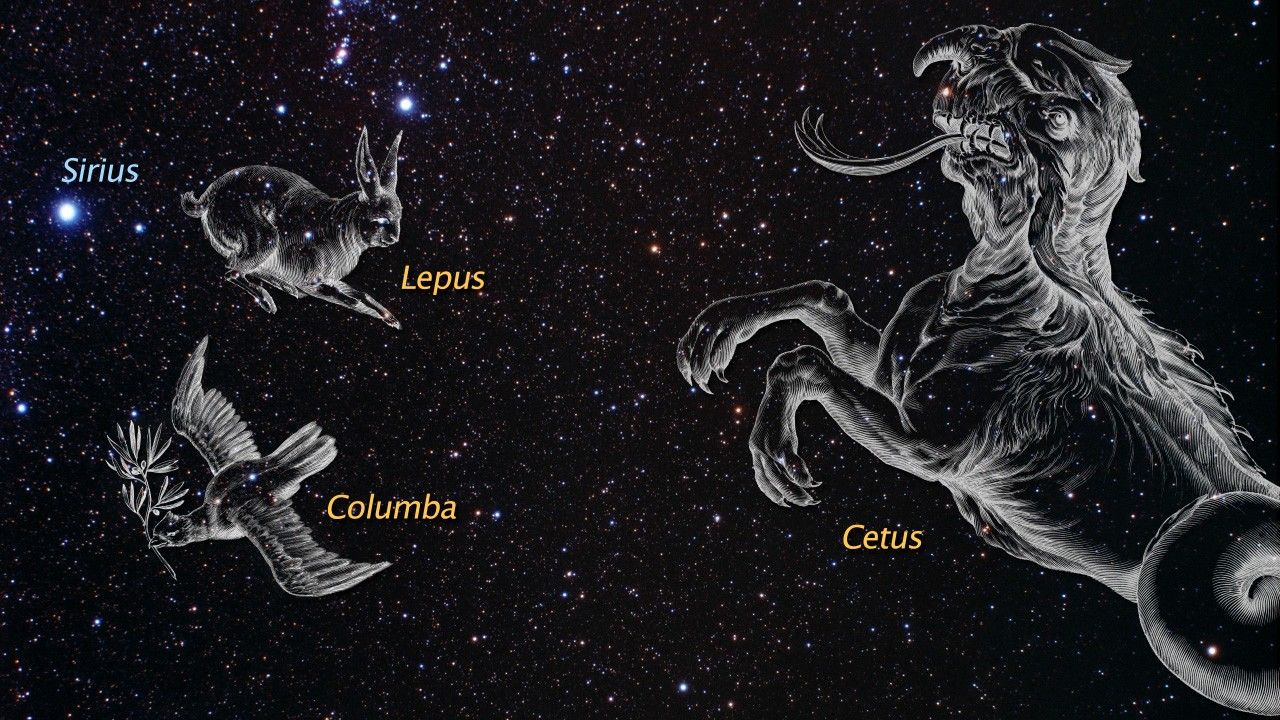
HUDF09 Zoom Animation (Narrated)
How far is far? And how do you know when you get there? NASA's Hubble Space Telescope has taken the deepest photograph of the universe ever made in near-infrared light. The picture reveals several thousands of far-flung galaxies. The farthest, merely dim points of light in this...
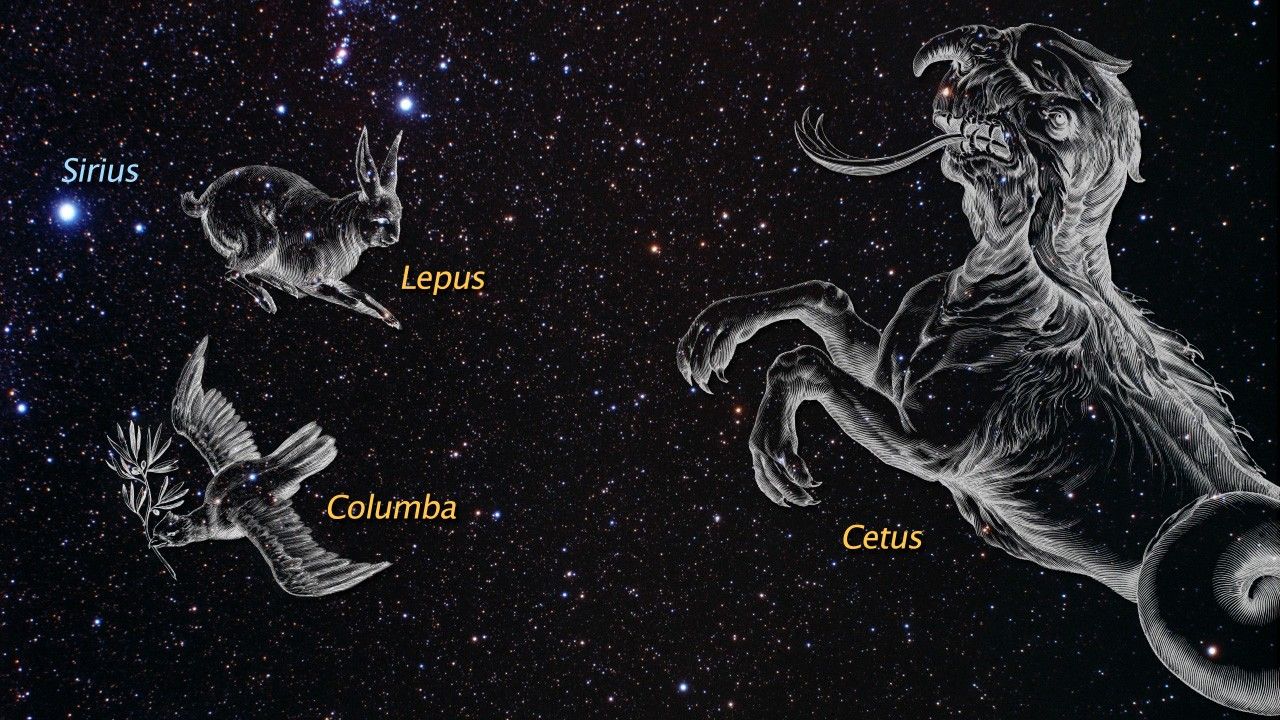
HUDF09 Zoom Animation (Unnarrated Version)
How far is far? And how do you know when you get there? NASA's Hubble Space Telescope has taken the deepest photograph of the universe ever made in near-infrared light. The picture reveals several thousands of far-flung galaxies. The farthest, merely dim points of light in this...
Share
Details
Claire Andreoli
NASA’s Goddard Space Flight Center
Greenbelt, Maryland
claire.andreoli@nasa.gov

